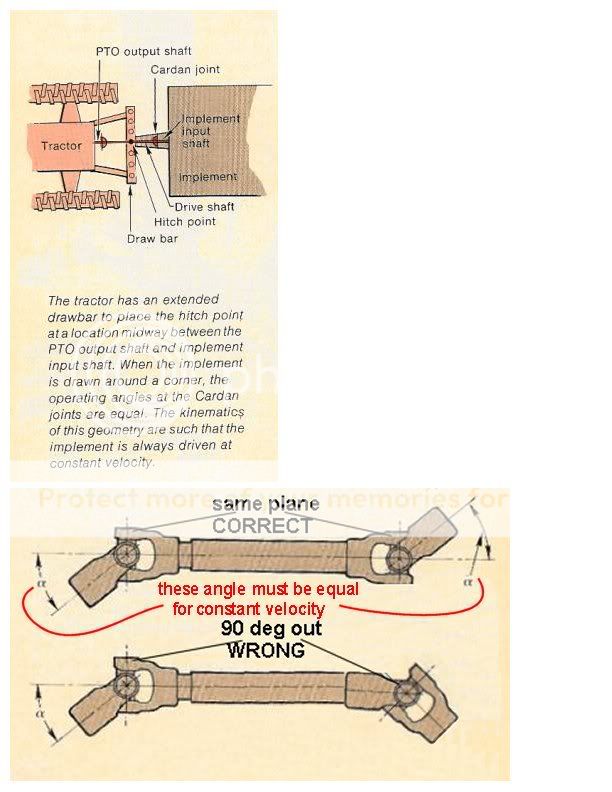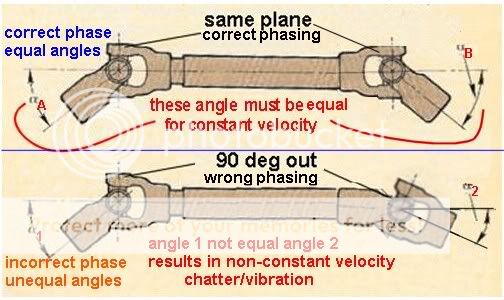ryanwheelock
Member
Wondering if anyone has converted a 3-point brush hog to a pull-type. I was given a brush hog but all my tractors are non-3pt and dont want to install a 3pt set-up on the tractors. I've got a few ideas on how to do it but was wondering if anyone has did it before and has any pointers before I start the build.
Basiclly I'm going to add a set of wheels to the rear that can be raised either by a hydro cylinder or a hand adjust cylinder. Then add a togune and support for the pto. The brush hog is an old Ford model.
Ryan in Northern Michigan
Basiclly I'm going to add a set of wheels to the rear that can be raised either by a hydro cylinder or a hand adjust cylinder. Then add a togune and support for the pto. The brush hog is an old Ford model.
Ryan in Northern Michigan



